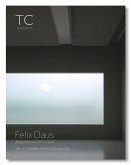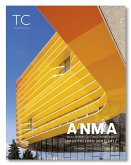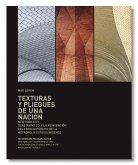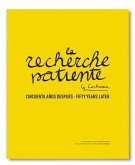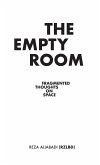With this issue, the task began with the TC57 and continued with the TC102/103 is completed, displaying in detail the architectural production of Joao Alvaro Rocha, one of the most interesting architects of contemporary Portuguese architecture. Souto de Moura, in the interview included in this monograph, says that two things have changed the image of Oporto: the Metro and Ryanair. Although we cannot assert that there was any relationship between Rocha and Ryanair, we can assure by the content of this example that the relationship between Rocha and the Porto metro has been very fruitful. Possibly it could not be otherwise, Rocha felt secure in the objective processes, i.e. those projects in which the construction is the fundamental support of the architecture. For this reason, the reader will observe the same coherence in this set of projects, just as in TC102/103 dedicated to housing. Ramón Sanabria calls it precision: "everything becomes coherent and nothing can be dissociated." Perhaps we could also talk about order, systematization, method, etc. All this in a natural manner, seeming that what the audience observes had not represented a huge previous work. The House of Tourism of Ponte de Lima, which appears in the cover of this issue, is a good expression of it. A single action allows the appearance of a new and integrated public space that respects the memory of the place. I want to finish these lines by referring again to Eduardo Souto de Moura, in the interview, when he says: "I have never seen a Rocha's work deteriorated." Bilingual edition: Spanish & English


